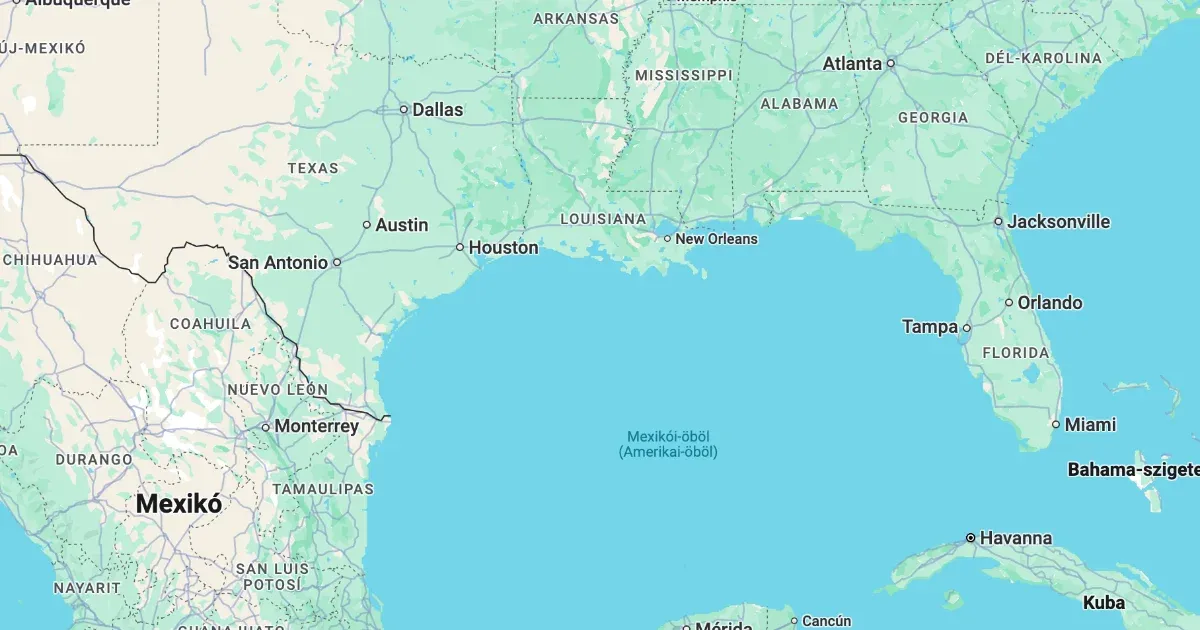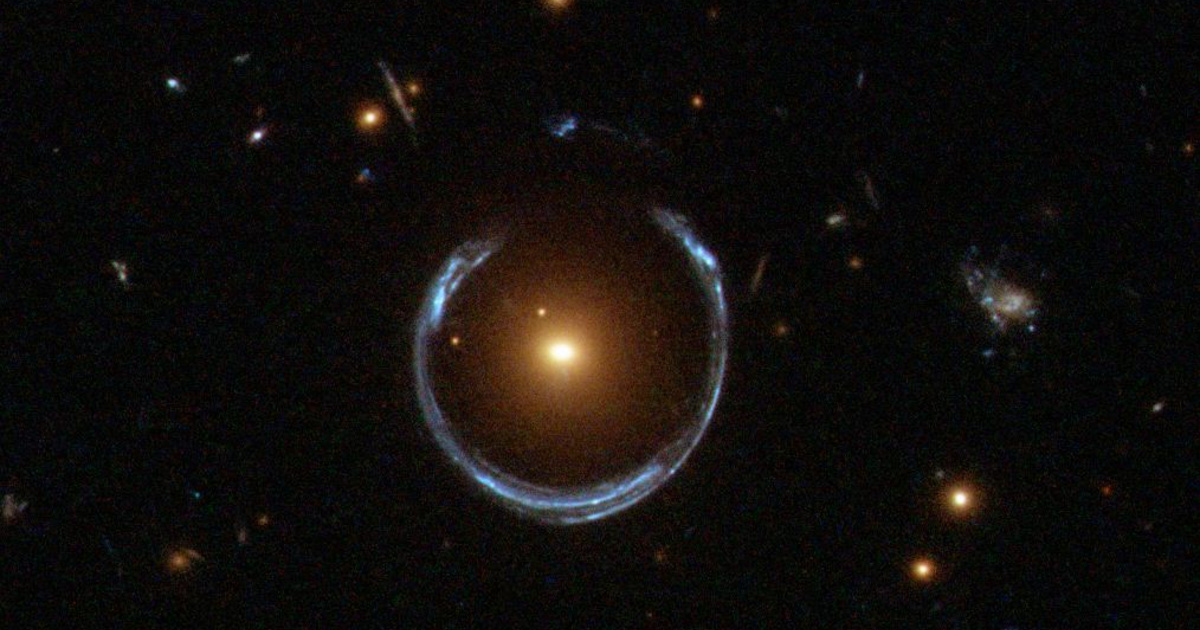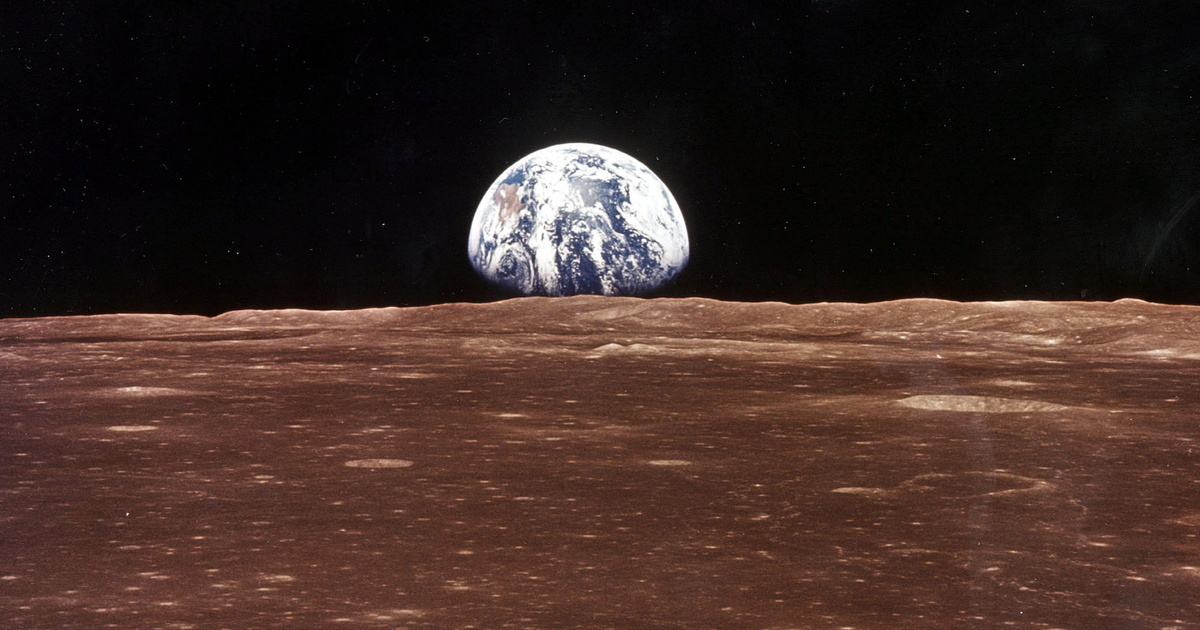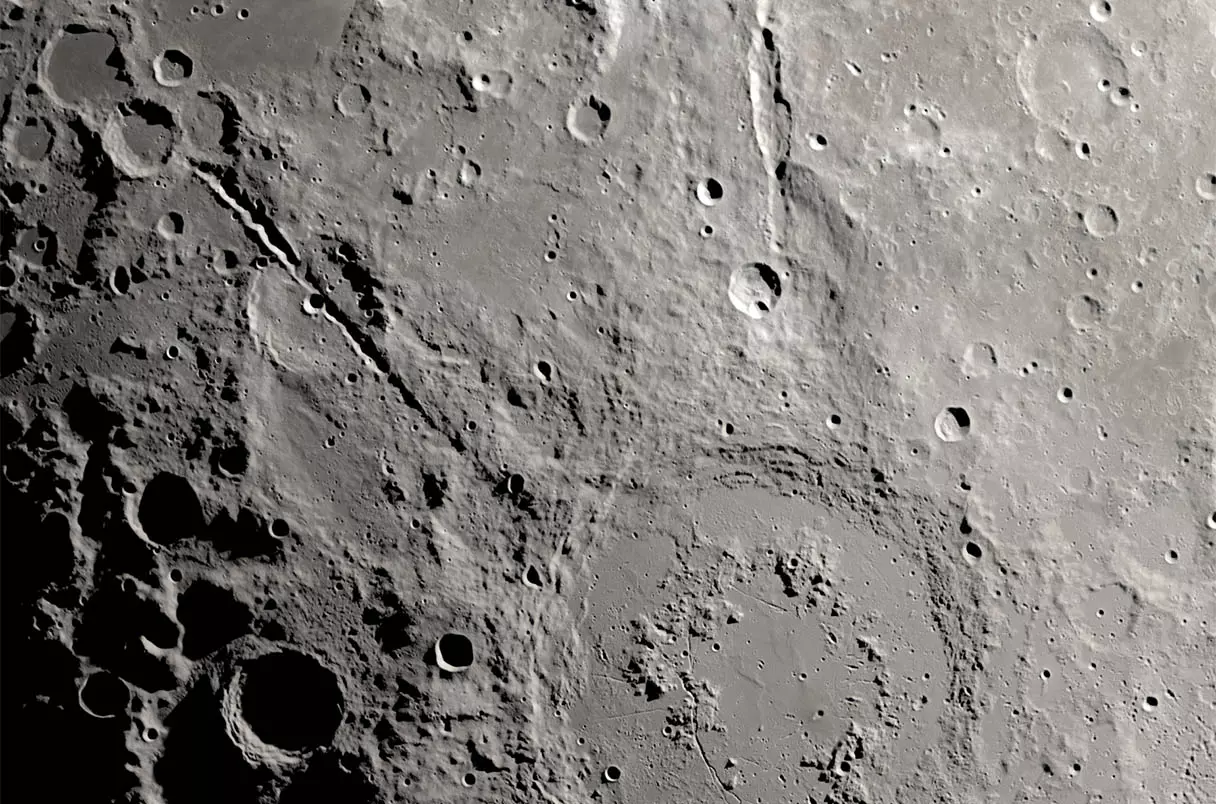With the help of the Webb space telescope, we were able to measure the composition of the atmosphere of exoplanet WASP-39b, which is about 700 light-years away from us, and the chemical processes taking place in it. The planet has a similar mass to Saturn, but is larger in diameter than Jupiter, and orbits more around its star than Mercury does to the Sun. It is always likely to face the same side towards its star – that is, it has a constant axis rotation. The Space Telescope Science Institute (STScI) reported that this planet was among the first that Webb could observe when he began his scientific work, and confirmed that the performance of the space telescope is really remarkable! This predicts the success of further investigations, whether it be about exoplanets or other stars.
Hubble and Spitzer have already taken measurements of WASP-39b’s atmosphere, which have highlighted certain components, but now the entire arsenal of the atmosphere’s molecules and gases has been revealed, and it’s even possible to infer what kind of clouds roam this sky. Planet: It cannot be continuous, but rather a fragmented cloud cover. The discovery is so complex and contains so many novelties that the researchers boiled it down to five studies, three of which will soon be published in journals, and two are still under professional review.
So far, sulfur dioxide has not been found in the atmosphere of an exoplanet, and this molecule is created through photochemical reactions generated by the star’s high-energy radiation – we owe the creation of the ozone shield in Earth’s atmosphere to similar processes. “This is the first time we’ve been able to observe photochemical reactions on an exoplanet, that is, reactions initiated by high-energy starlight.” – explained Shan Ming Cai, lead author of the study on the presence of sulfur dioxide in the atmosphere, researcher at the University of Oxford. “This mission looks very promising for studying exoplanet atmospheres.”
The researchers also created a photochemical computer model to explain the physics behind the data, and this could lead to an entire technical system for interpreting exoplanet atmospheric signals. “Planets bathe in their star’s radiation and transform in the process, and these transitions provided an opportunity for life to thrive on Earth,” said Natalie Batalha, a researcher in California who coordinated the research data.
Illustration of the composition of the atmosphere observed by Webb.
Source: NASA, ESA, CSA, Joseph Olmsted (STScI)
With the fact that the planet orbits about eight as close to its star as Mercury is to our sun, it also becomes a “living laboratory”: it can be used to assess the processes caused by radiation, and this also helps to understand the diversity of planets in our galaxy.
Sodium, potassium and water vapor were also found in the planet’s atmosphere – confirming the data of previous observations. Carbon monoxide was also found, but methane and hydrogen sulfide were missing from Webb’s data, so, if found, they could be a very small part of the atmosphere.
This data also reveals the ratios in which individual elements occur, and the ratios testify to the conditions of planet formation. WASP-39b’s chemical arsenal indicates that the giant planet formed from the merger and collision of several smaller planetary cores, and that it is likely farther from its star than where it orbits now.
Webb’s instruments exceeded researchers’ expectations during the mission, and this suggests that this will open a new era in the study of exoplanets.











































